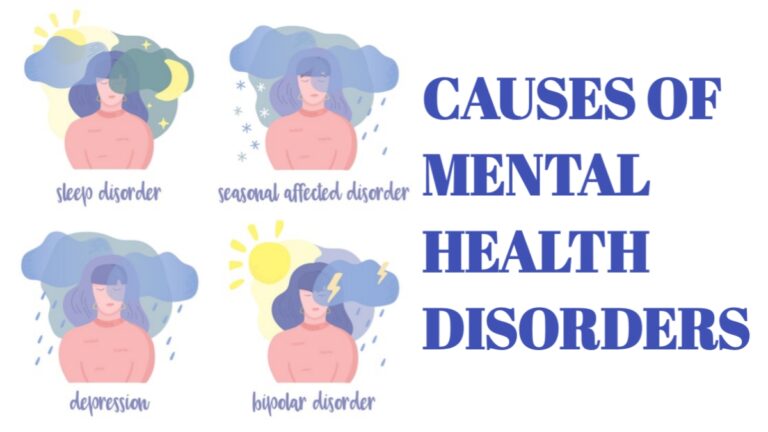Public Health and Health Disparities
In addition to negatively affecting individuals, health disparities can affect entire communities and society as a whole. They can be self-perpetuating, because some people are too sick to work, or they don’t have access to health insurance, and they get sicker as a result. This makes it more difficult to find a new job, and getting healthy becomes more difficult. This situation makes it imperative to create solutions that address the context of the disparity.
Health disparities affect populations of color and those with low socioeconomic status. In the United States, people of color and people with disabilities are disproportionately impacted by health conditions and outcomes. Similarly, Americans living in rural areas are more likely to die from chronic lower respiratory disease and unintentional injuries. And because health disparities are so prevalent, they cost states money: a staggering $42 billion in lost productivity and $93 billion in extra medical expenses every year.
These disparities are often caused by societal or environmental factors, like unstable housing, low income, unsafe neighborhoods, and substandard education. Several public health organizations have developed tools to help communities measure these social determinants of health. The Tennessee Department of Health, for example, publishes special reports aimed at helping communities overcome the most serious health issues. The Healthy People 2020 Objective Data webpage lists a number of social determinants, including obesity, and the “Healthy Places” database has more ideas.
Health disparities affect a wide range of socioeconomic and demographic factors. For example, communities of color are disproportionately impacted by negative health outcomes, including mental illness and chronic lower respiratory disease. Moreover, Americans living in rural areas are more likely to suffer from chronic lower respiratory disease and an increased risk of accidental injury. Furthermore, health disparities are a significant burden for states, accounting for up to $93 billion in lost productivity and excess medical costs.
While health disparities can affect individuals and communities of color, they are largely preventable. For example, 30 million Americans are uninsured, and half of them are people of color. These factors are linked to lower life expectancy and disproportionate exposure to harmful health conditions. The American Medical Association funds public health literacy programs that teach people how to better manage their personal health and well-being. The American Medical Association’s report also suggests that healthcare providers should use data to understand their patients’ health care costs.
Health disparities can also have a negative impact on communities of color. Those with lower socioeconomic status are more likely to be hospitalized than their counterparts. In addition, rural residents are more likely to be uninsured. These health issues can also impact state infrastructure, such as Medicare and Medicaid. It is imperative to improve the quality of care for all people, especially those of color. However, many solutions to health disparities have been found over the years.
Conclusion
In conclusion, health disparities continue to present significant challenges in the United States, negatively impacting individuals, communities, and society as a whole. While disparities most acutely affect minority populations and those with low socioeconomic status, the costs of poor health are borne more broadly through lost productivity, higher medical expenses, and burdens on social services and healthcare systems. Addressing the social determinants of health like housing, income, education, and neighborhood safety that perpetuate these inequities is crucial. However, there are also positive steps being taken. Organizations are working to improve data collection and monitoring of disparities. Public health authorities are developing tools and programs focused on health literacy, community-level interventions, and increasing access to care. With continued focus on prevention and implementing equitable, multi-faceted solutions, we can make progress toward reducing and eventually eliminating unjust health disparities.

I’m publisher on vents today if anyone want post on our website then do contact







